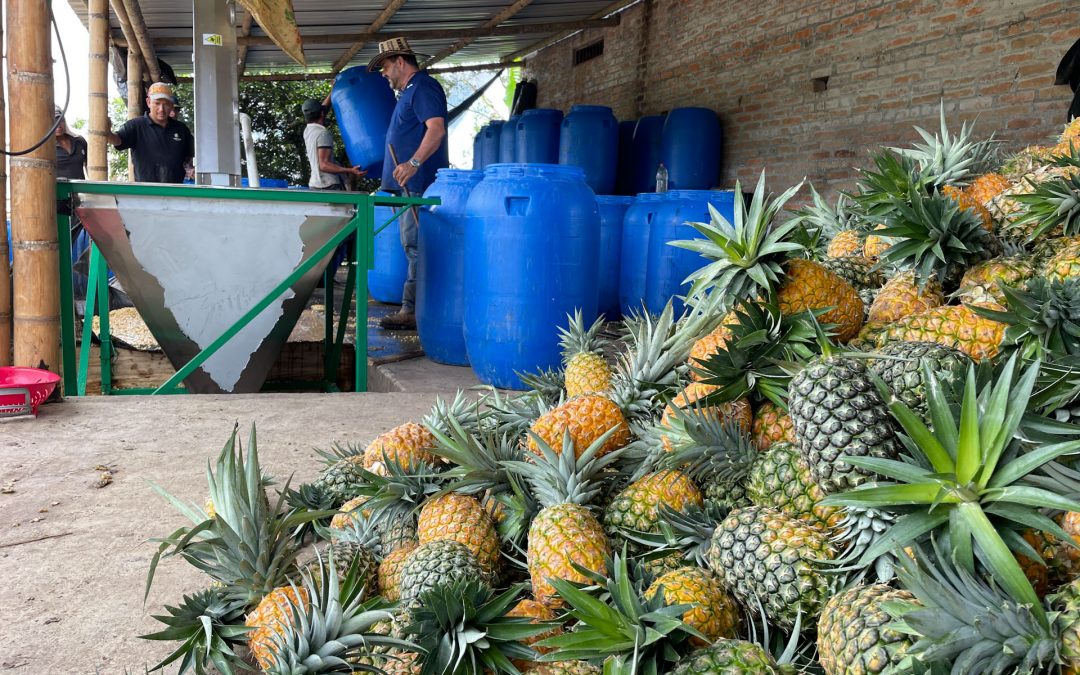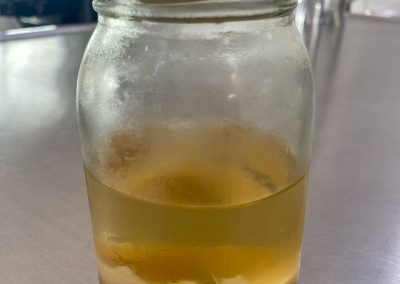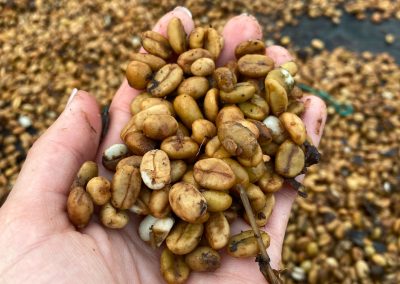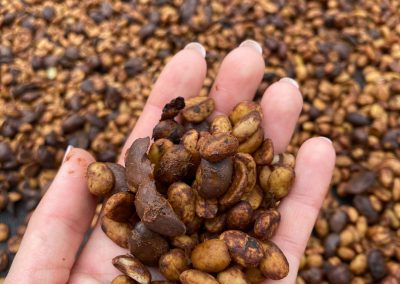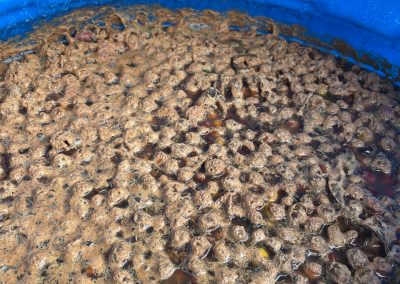What is Culturing?
Coffee culturing is the same method of the fermentation methods used in several types of food processing methods, in the food industry in which so-called starter culture, rich in micro-organisms is used to transform another product, for example in yogurt production, a starter culture is mixed with milk to produce yogurt.
Coffee farmers and coffee developers have studied those techniques and applied them to coffee fermentation.
The raw material, freshly harvested coffee beans or cherries, is mixed with the starting culture and an energy substrate. Each farmer chooses their own specific culture which depends on the local micro-organisms that are isolated from their crops (yeasts and bacteria). One popular coffee culturing method involves the use of fruits as an energy substrate for micro-organisms to act and reproduce.
Both the added fruit (e.g. passion fruit, pineapple, coconut) and the coffee cherry must fulfil certain conditions such as Brix degrees in order to mix them and start the fermentation process. Fermentation will start when the fruit and the coffee cherry are in adequate conditions inside the containers. Containers that can be airtight sealed are used in order to restrict oxygen entry and to promote anaerobic fermentation for several days.
During this time, the farmer is constantly measuring and analyzing important factors including but not limited to: pH, temperature and Brix degrees. When the farmer decides to stop the fermentation, the containers are opened in order to allow oxygen to enter, water is added to rinse the coffee in order to remove the residue and the drying starts (either as naturals, with the skin on or after de-pulping, following a traditional washed method).
Advantages of Coffee Culturing
Culturing used as a fermentation method, allows the farmer to modulate the cup complexity when it comes to both flavour and aroma and to innovate in the speciality coffee world.
In the case of Milan farm, located near Pereira, in Risaralda, the farmer Julio Madrid along with his right hand Julio Andres Quiceno, have been able to produce cup profiles that are unique, and that at the same time remind us of very familiar flavours such as pina colada, toffee, tutti frutti, pomelo oranges, and passion fruit sorbets. The possibilities are endless, allowing the final consumer to enjoy a great coffee tasting beverage (hot, cold, with milk, etc) with hints of exotic flavour notes that are not traditionally associated with coffee.
The following coffees from Finca Milan as well as El Placer, are fermented with the culturing process and are available at Sabores;
Reference:
Julio Andres Quiceno from Finca Milan

